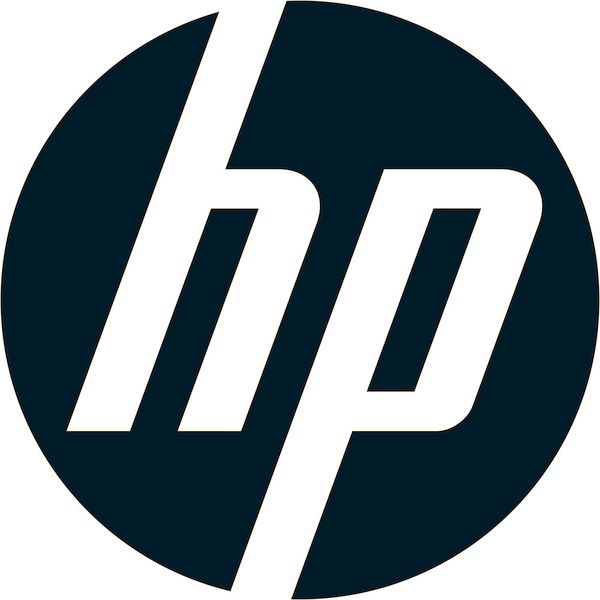
HP says they will enter the 3D metal printing market.
According to a report on The New Indian Express, HP representatives say they will definitely enter the 3D metal printing market later this year. Ramon Pastor, President and GM of Multi Jet Fusion at HP said:
We will do an announcement on metal printing later this year and unveil to the world what kind of technology we will use. There are several metal technologies out there and we will share which we have zeroed in on to move forward and invest further.
This does not mean they are still in the process of picking a technology; they’ve obviously been working on this for a long time, likely several years. The only thing we’re waiting for is the official announcement, which, if one can read between the lines, would be likely be in November at the FormNext event where many new 3D printers are typically announced.
HP is typically very long term in going through the technology lifecycle. In 3D printing they went from experimental reselling of Stratasys gear until 2012, to a vague announcement in 2014, to a released machine in 2017.
So hinting at a distant announcement is nothing new for HP. And it is likely their upcoming announcement could be similarly vague, with distant release dates. However, HP is persistent and has far more cash to allow them the time to get things right. Alternatively, a startup company would have far less time (and cash) to perfect their ideas before going to market. That’s not the scenario here with HP.
What 3D metal printing process will they use? There are a couple of options:
One might be to use the directed energy / powder bed approach that seems to be used by many parties, and is the oldest and most well understood. This is used by EOS, Concept Laser, Arcam and others. If used by HP, they would be able to achieve the important regulatory certifications necessary to sell equipment and materials to certain industries such as aerospace and medical.
Another approach might be to use a cold process, similar to what is done by Desktop Metal and other startups, where a cold process is used to 3D print a temporary object that must subsequently be sintered to solidify the metal. These approaches are typically much less expensive than directed energy / powder bed techniques, but I am unaware of any that have achieved regulatory certification.
Yet another approach might be to use a kinetic 3D metal printing process, in which small particles are directed towards a target at very high speeds. The kinetic energy alone causes the particles to molecularly fuse, gradually creating a solid 3D metal object. These processes typically produce rather coarse results and unless there is a CNC mill somehow integrated, the results would usable only by certain industries and applications. I don’t think this is the direction HP is headed.
Finally, they could have invented an entirely new process or adaptation of an existing process we have not yet seen. This is certainly possible, as HP has had many years and plenty of cash to fund such experiments. I cannot say much about an unknown prices.
My bet would be on the second option, some form of cold process. I’d also speculate that they will target the production market, simply because that’s where the money is these days. HP says manufacturing is a USD$12T (that’s “T” for Trillion) market. Even a small piece of that is astonishingly large.
So I suspect we’ll see a machine with high throughput, but perhaps slow on per unit lifecycle time through the process. They probably will use a cold process that would require at least one, and maybe two post-printing steps. As they’ve done with their existing equipment, they would likely supply machines to perform those post-printing steps.
But again, this is all speculation and we cannot know for sure what their intentions are until they announce things in detail later. Stay tuned!

